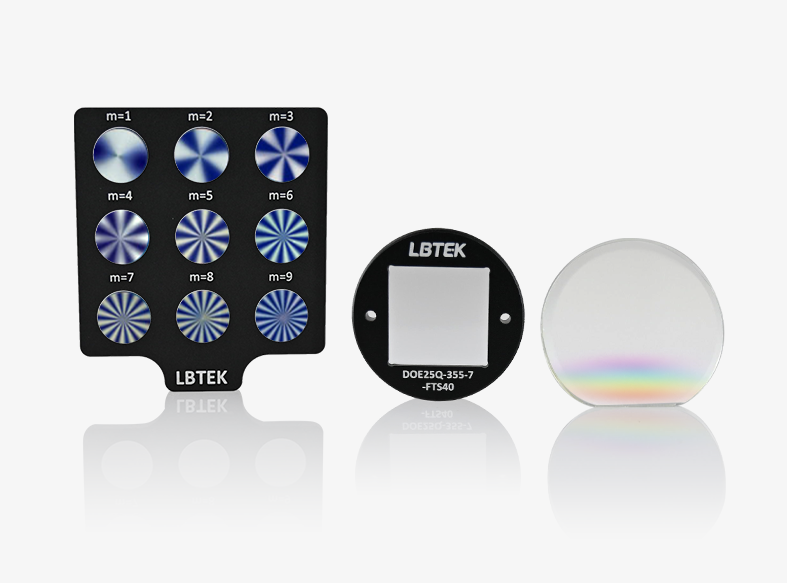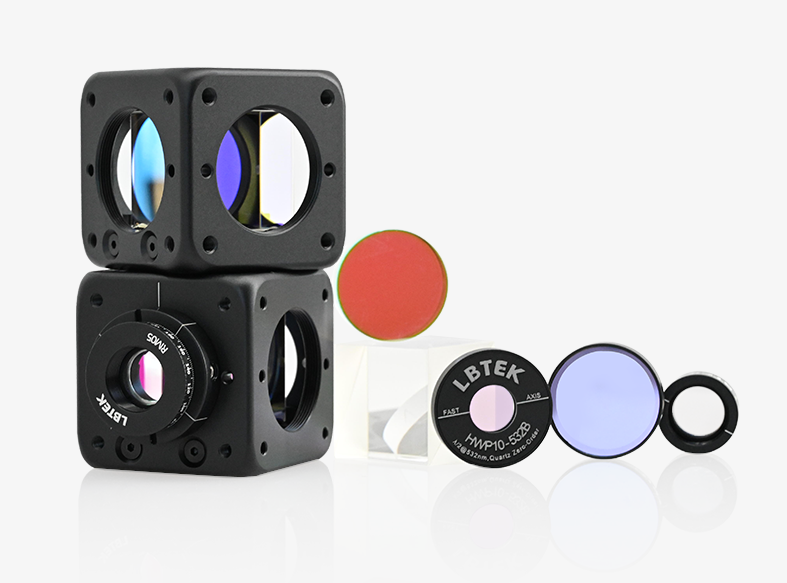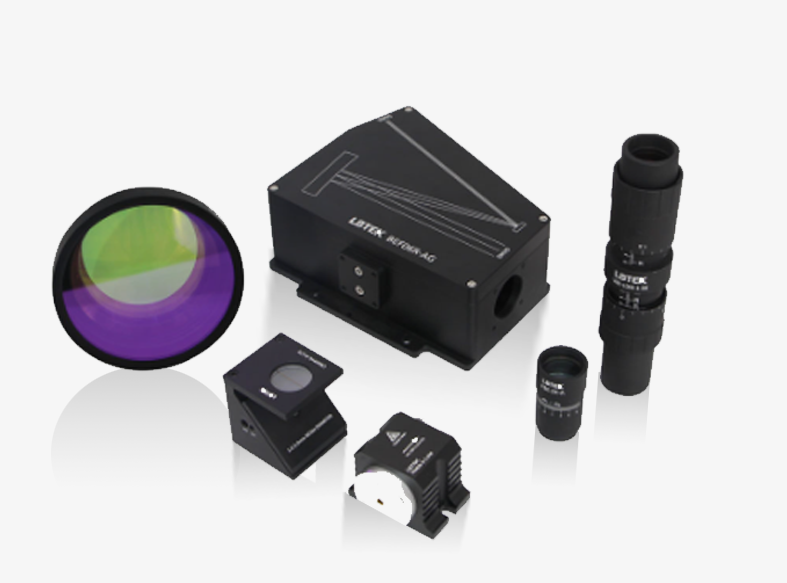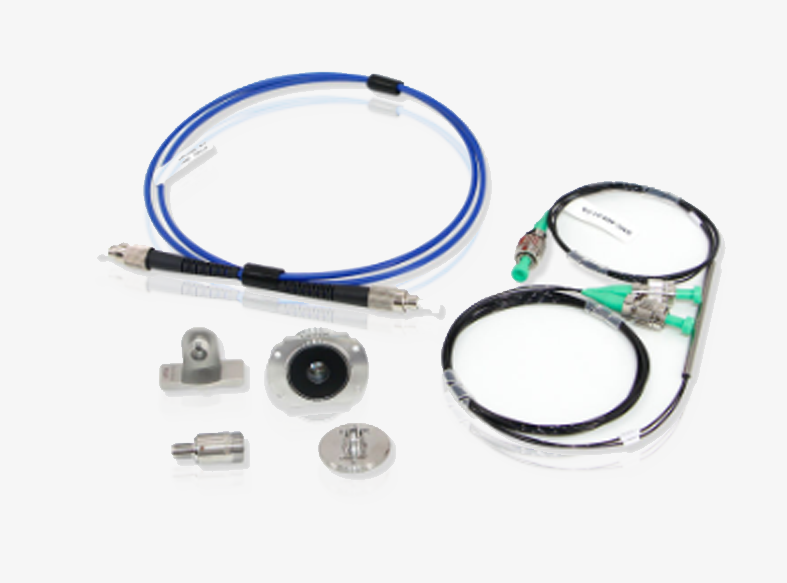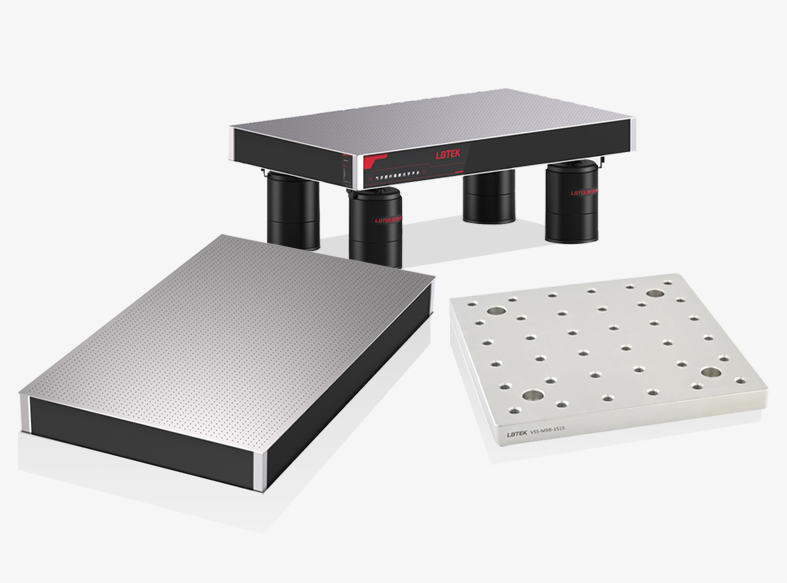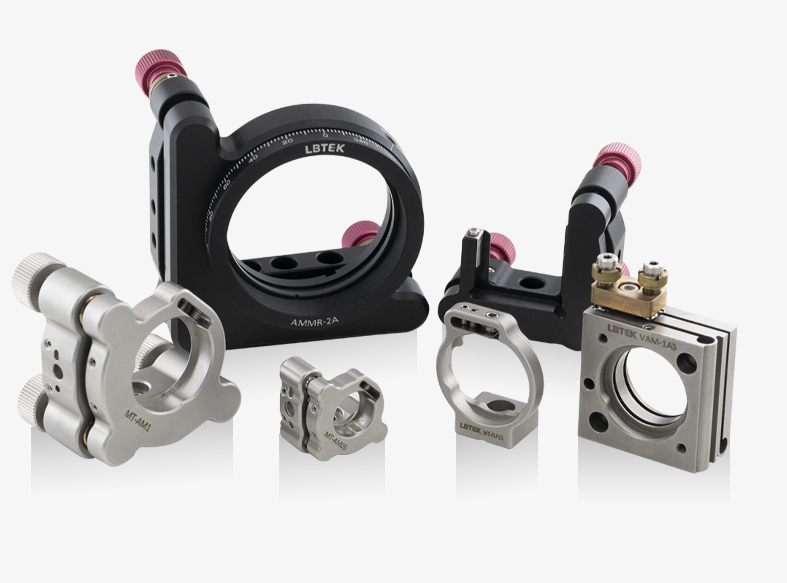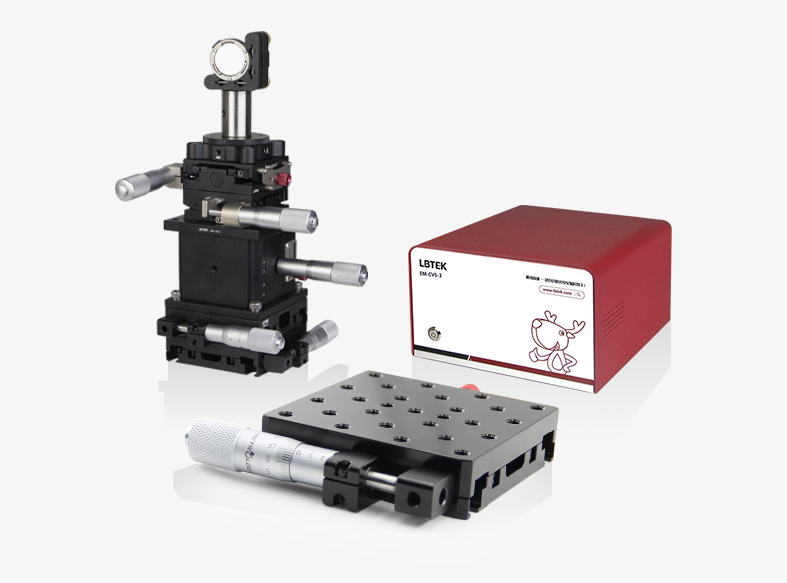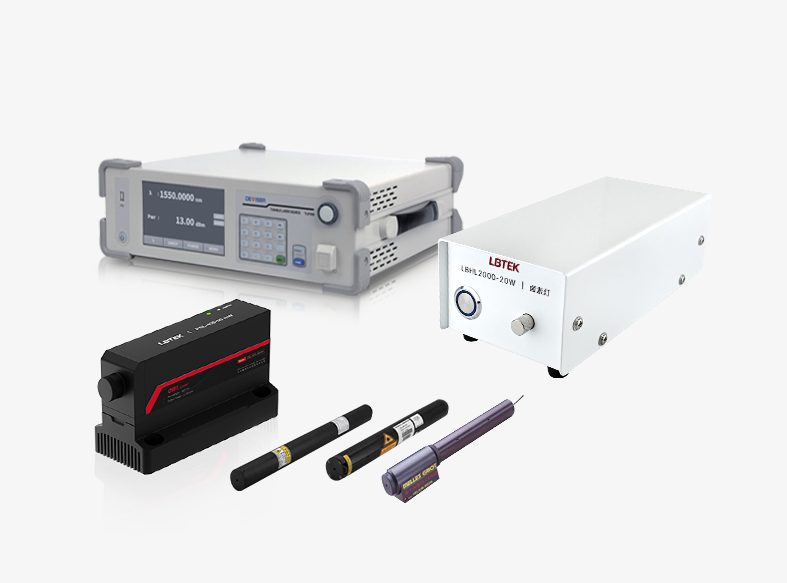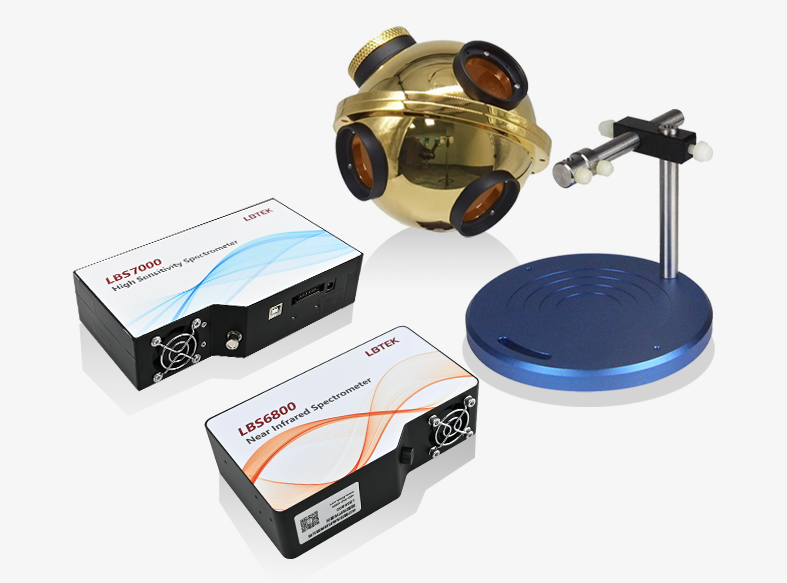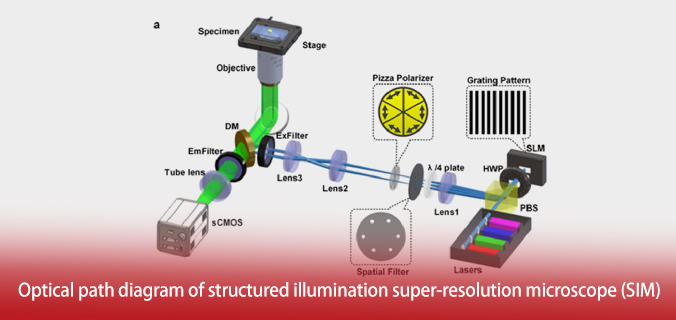
01 Super-resolution imaging
Due to the diffraction of light, light emitted from a single point source forms a blurred spot (known as an Airy disk). When two point sources approach each other, they eventually reach a point where they can no longer be distinguished. This threshold, commonly referred to as the resolution limit, is typically around 200 nm. Super-resolution imaging techniques overcome this diffraction limit to achieve nanoscale resolution.
LBTEK provides a comprehensive portfolio of high-quality core components for super-resolution imaging—including lasers, objective lenses, translation stages, spatial light modulators, and sCMOS cameras—as well as complete SIM super-resolution fluorescence imaging systems.
02 Tissue optics and spectral imaging
Tissue optics and spectral imaging investigate the principles of light interaction with biological tissues across different scales and physiological states, exploring the mechanisms underlying biomedical imaging. Building on this foundation, the field focuses on the principles and methods of optical diagnosis and phototherapy for major diseases, providing new approaches for early disease detection, treatment, and efficacy evaluation—ultimately serving clinical applications.
LBTEK offers a comprehensive portfolio of high-quality core components for tissue optics and spectral imaging—including lasers, high-speed digital micromirror spatial light modulators, high-speed cameras, and detectors—as well as complete OCT systems.
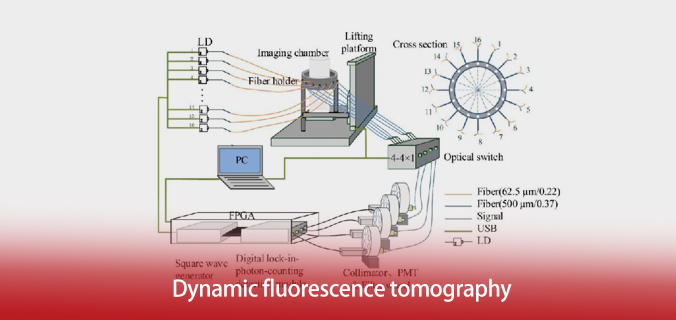
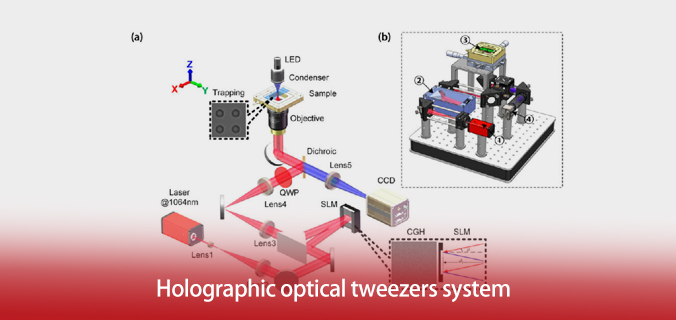
03 Bio-Optical Sensing and Modulation
Bio-Optical Sensing and Modulation enables the monitoring and regulation of biological structures and functions at the molecular level. It involves the detection of energy released in the form of photons from biological systems, monitoring the structural and functional information carried by these photons, and utilizing photons for processing and modifying biological systems. In medical research, this technology facilitates non-invasive disease detection, diagnosis, and treatment at both macroscopic and microscopic molecular scales.
LBTEK provides a comprehensive portfolio of high-quality core components for bio-optical sensing and modulation—including lasers, objective lenses, translation stages, spatial light modulators, and detectors—as well as complete single-beam optical tweezers and vortex optical tweezers systems.
